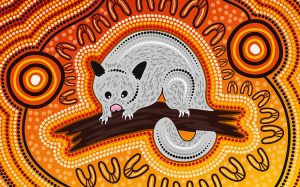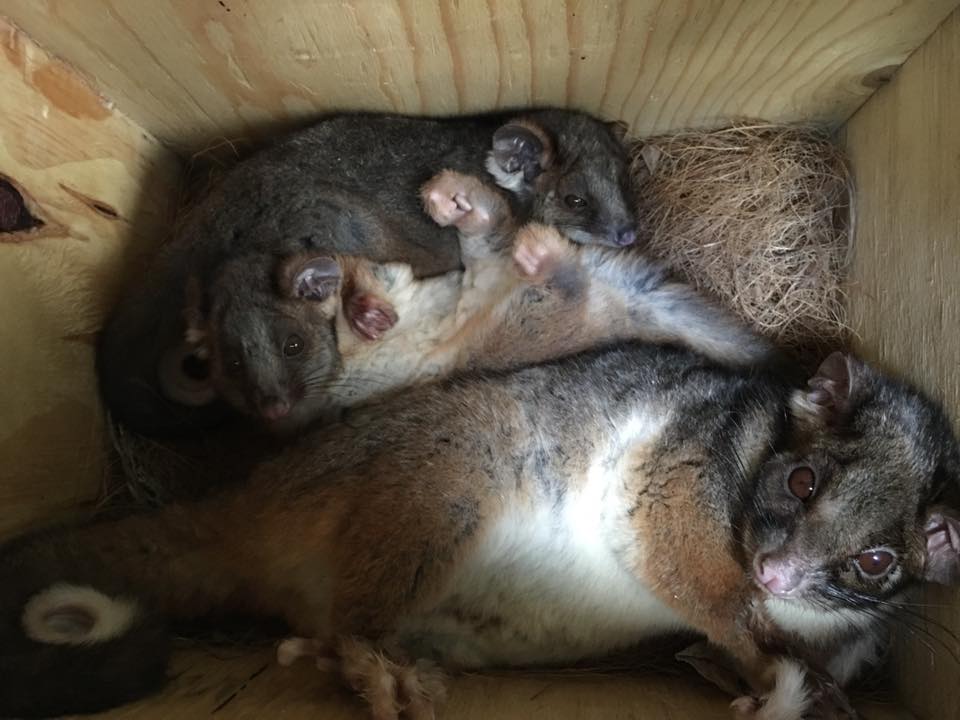Guided Chakra Meditation, Healing Meditation
Guided Nature Meditations and the Magical Healing Power of Wildlife
Immerse Yourself in the Sounds of Australia’s Forests in Wildlife-Guided Nature Meditations
Meditation now – Observing Nature
In this mindfulness exercise, all you have to do is pause for a minute or two in your garden, park or forest. Take the time to notice five things in your immediate environment. This is a great meditation to do when you are visiting one of our awesome national parks. It can help raise your awareness and oneness with nature anywhere in the world.
As you pause, consider:
• Have you ever really looked at the trees, flowers, birds and wildlife?
• Have you ever noticed the finer, more intricate details of nature?
• Have you thought about what life might be without our wildlife?
• Have you thought about how amazing our forests and wildlife are?
• How does nature and wildlife benefit you and others?
Start with identifying:
• Five sounds.
• Five physical sensations or feelings.
You can turn this into a longer meditation by starting with five things you can see. Repeat the process three times and you will find yourself surprisingly relaxed and living in the here and now.
A Meditation for Perspective and Valuable Insights
This powerful little meditation gives you time to connect with yourself and where you are in the world. Most importantly, it helps you develop insights and perspectives on the importance of our natural world. Australia is blessed with an array of amazing forests and wildlife – including one million different native species(*1). For most people, stopping to appreciate and take note of these things doesn’t make it into our day-to-day to-do lists because we are all so busy.
Connecting with Place and Growing Inner Insights and Perspectives
Connecting with place and country is ingrained in Australian Aboriginal culture and is more important than ever for everyone to practice. A group of 29 clans across the Sydney area, collectively known as the Eora Nation are the region’s Traditional Custodians(*2). As Aboriginal dialects continue to disappear, it is important to learn the traditional names and stories of our flora and fauna. For example, in the local Dharug dialect, ringtail possums are called wali(*3) while in Gamilaroi country (northern NSW), ringtail possums are known as Garrawirr(*4).
Dreamtime Stories
Aboriginal groups have unique foundation stories which are commonly known as Dreamtime stories. They explain how not only flora and fauna came to be, but how rivers, mountains, the skies (and us) came to be. Every Aboriginal person is given a totem when they are born. This may be a plant or animal. It is their duty to care for this flora or fauna during their life. Whether you have grown up with a deep connection to place or not, it is never too late to connect with nature.

The Scaly-Tailed Possum and the Echidna: Dreamtime Story
Do you know how the scaly tailed possum got its scales? Or how the Echidna got its spikes? In a Dreamtime story from Kimberley, Cathy Goonack shares an old story that answers these two questions.
One day the possum was high up in a pandanus tree munching away on the pandanus nuts. After some time, the possum left the tree to get a drink of water.
While the possum was away, the echidna climbed up the tree and started eating the pandanus nuts. Before the echidna was finished the possum returned to eat more nuts. They had a big argument about who would eat the nuts until suddenly the echidna started to slip and fall out of the tree.
The echidna held onto the possum’s tail really hard. The echidna continued to slip and as it did, it ripped the fur off the possum’s tail. The echidna fell onto the old spiky pandanus tree branches on the ground. The echidna yelped because the spiky leaves got stuck in its back.
Afterwards, the Dreamtime spirit punished the echidna by stopping it from being able to climb up the trees. Forever after, the echidna would only traverse the forest floor with spikes in its back. Meanwhile, the possum ended up forever having a scaly tail because it had no fur there(*5,6).
A Little More About Me…
Perhaps you have wondered why I am so passionate about wildlife and healing our natural world. Outside of my work life, I am a wildlife carer here in Sydney. I regularly take in rescued native animals and bring them back to health. Caring for rescued possums and other native wildlife has given these sensitive and remarkable little sentient beings another chance at life. They are often rescued from places where their trees and habitat has been destroyed. Most people in Sydney have no idea that we actually have quite a lot of wildlife living with us.
Who is Living in Your Backyard?
Most of our local wildlife are nocturnal, such as possums, flying foxes, and bandicoots. They all have important roles to keep our ecosystems alive. Did you know that flying foxes are like giant bees? They pollinate our forests and bushland. Without them, we would have no forests.
I urge all readers from anywhere in the world to start replanting and replenishing the natural environment right now. You can do this in your backyard, front yard, and even the council strip. Your local council will be happy to inform you of the native plants and trees that belong in your area – and many councils give away free native plants and trees to homeowners.
Right at the top of this post, you would have seen a photo of some possums. These were some that had come into my care. The mother ringtail possum was carrying twins! She was an incredible soul. I helped to raise her babies and nourish her before they were released back into a new habitat where they are now living happily. Ringtail possums are very social. They bond for life and live for no more than six years.
Healing for You and Our Wildlife
By caring for our wildlife, not only do I heal them, but they have and continue to heal me in many ways. Anyone that has a pet will know what I am speaking of. The connection between humans and animals is one word that cannot describe. Looking after them has helped me to open my heart and they fill me with unconditional love and joy. We are living in times where our wildlife needs all our help right now – more than ever before. I have learnt so much from the courses I have attended at Sydney Wildlife. They need more help from volunteers in the Inner West of Sydney and the greater metropolitan area.
Studies Reveal the Positive effect of Animals on Health and Wellbeing
Several medical reports have credited animals with many positive effects on people’s lives such as:
• Lowering blood pressure and stress(*7).
• Helping people cope with the loss of a loved one and other major life changes(*8).
• Helping people cope with cancer, PTSD, Alzheimer’s, AIDS and other diseases and illnesses(*9).
• Increasing survival rates for people with coronary heart disease(*10).
• Better socialisation of young children with peers and development of nurturing behaviour(*11).
• Improving recovery and coping skills for anxious and depressed people(*9).
One of my many Possum Rescues
Above is the latest YouTube video I have uploaded from my rescues. Upon inspecting this possum, I discovered it was suffering from stress dermatitis. The photos above clearly show you the before and after results. Antibiotics and a safe environment where the possum could heal helped cure the condition.
Sorry about the lighting in the video. Lighting is always kept as low as possible so as not to stress out the possum any further.
I hope you found this article inspiring! If you can, please contact Sydney Wildlife to find out what you can do to help them take care of our local wildlife. Otherwise, please be so kind to leave them a donation. Any amount helps.
Looking for more meditations? I have released a meditation CD with MP3 files which contain a series of five short and easy guided meditations. Read more here.
References *1. World Wild Flora and Fauna. Australia. N.d. *2. Heiss, A & Gibson, MJ. Aboriginal People and Place. City of Sydney. 2013. *3. Poll, M. A Dharug Taxonomy of Australian Animals. Medium.com. 2014. *4. Atlas of Living Australia. Pseudocheirus peregrinus (Boddaert, 1785). N.d. *5. Deadly Story. Scaly-Tailed Possum and Echidna. N.d. *6. Ferguson, B. Aboriginal Dreaming Story Scaly Tailed Possum & Echidna. YouTube video. 2020. *7. Handlin, L, Hydbring Sandberg, E, Nilsson, A, Ejdeback, M, Jansson, A & Uvnäs-Moberg, K. Short-Term Interaction between Dogs and Their Owners: Effects on Oxytocin, Cortisol, Insulin and Heart Rate—An Exploratory Study. Anthrozoos: A Multidisciplinary Journal of The Interactions of People & Animals. 301-315 pp. 2011. *8. Haley, E. The Healing Power of Animals. What’s Your Grief? 2015. *9. Philpott, L. The Positive Impact of Human-Animal Connection. Pet Professional. N.d. *10. Health Direct. 7 Ways Pets Improve Your Health. 2021. *11. Sayers Animal Hospital. Pets Can Teach Children How to Nurture and Care. 2018.


I could not resist commenting. Well written!
Thanks Eli
I love the knowledge you provide here and can’t wait to take a look when I get home. I’m surprised at how fast your blog loaded on my mobile. I’m not even using WIFI, just 3G. Excellent blog!
Thanks Angela